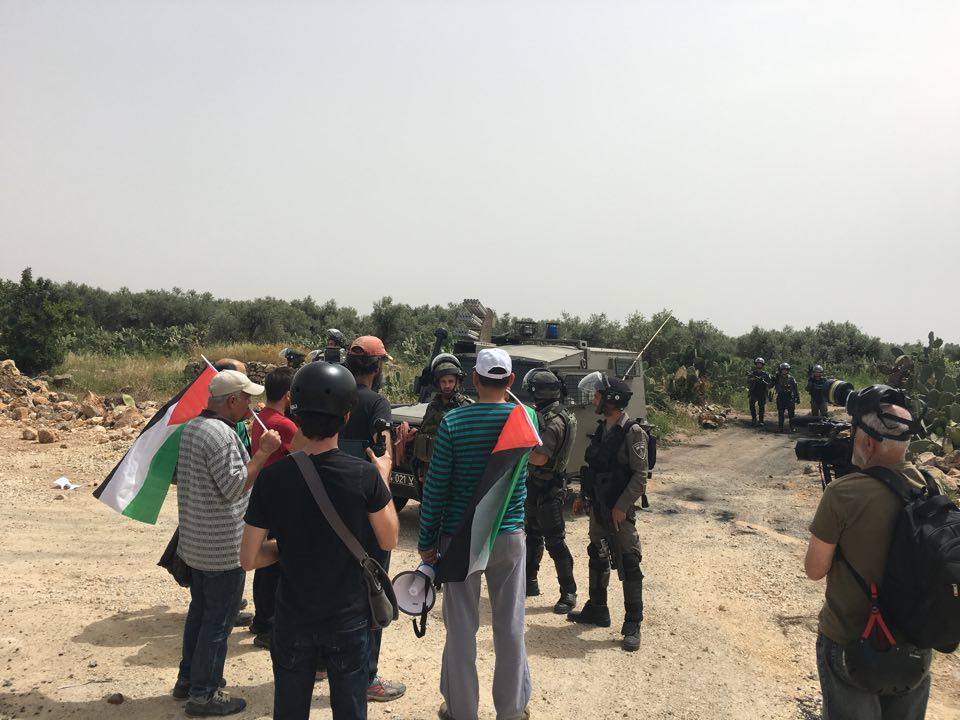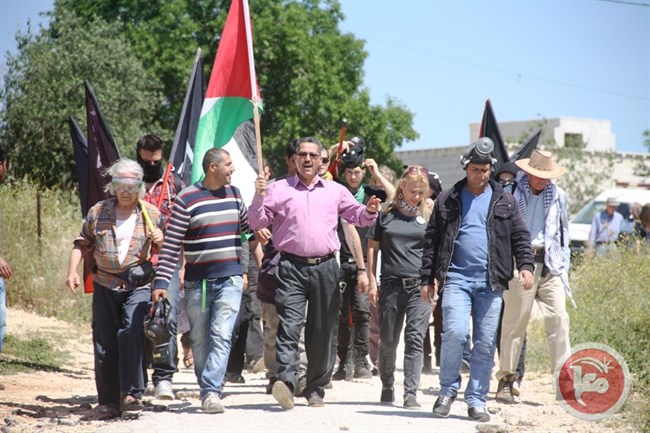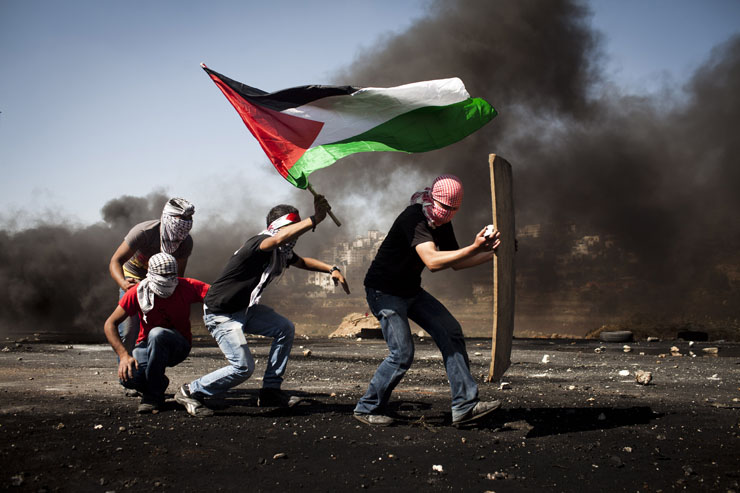Tag: Rubber-coated steel bullets
-

Non-violent protest in Ni’lin again met with collective punishment against whole village
12th April 2016 | International Solidarity Movement, al-Khalil team | Ni’lin, occupied Palestine On Friday, the 8th of April 2016, the villagers of Ni’lin nonviolently demonstrated against Israeli apartheid politics, the theft of the villagers land through the building of the apartheid wall and illegal settlements, and the increasing collective punishment of the village of…
-

Bil’in Land Day demonstration met with violence, long-range tear gas
2nd April 2016 | International Solidarity Movement, al-Khalil team | Bi’lin, occupied Palestine On 1st April 2016, the village of Bi’lin marked the 40th anniversary of Palestine’s Land Day during their weekly nonviolent Friday demonstration. Israeli forces attacked the peaceful demonstrators with a wide range of weaponry. The protesters marched towards the illegal apartheid wall…
-

New stun grenades used at Ofer military prison demonstration
26th March 2016 | International Solidarity Movement, al-Khalil team | Ofer, occupied West Bank On 25th March 2016, Israeli forces at Ofer military prison injured 8 Palestinians with various kinds of weapons, and later on attacked the nearby village of Beitunia, injuring even more. A demonstration against the Israeli military occupation and for the freedom…
